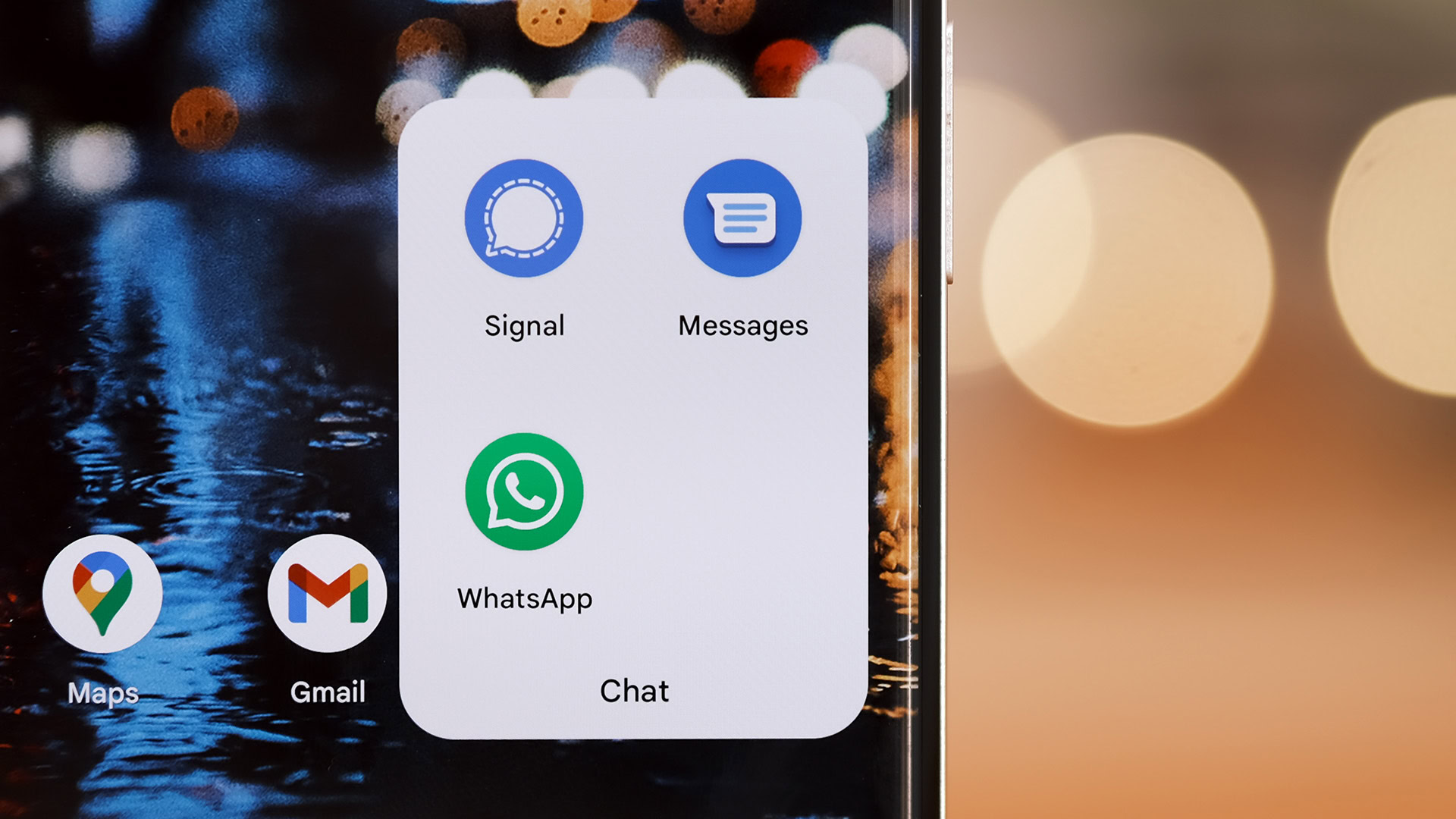
iMessage Settings
One of the primary reasons for this issue is related to iMessage settings. iMessage is Apple's proprietary messaging service that allows users to send messages over the internet when both parties are using Apple devices. However, if your number is registered with iMessage, it can sometimes interfere with SMS messaging, which is what Android devices use.
Step-by-Step Guide:
-
Check iMessage Status:
- Go to your iPhone's Settings.
- Scroll down and select Messages.
- Look for the option that says "Send & Receive" and ensure that your phone number is listed under "You can receive messages and calls from anyone, even if they don't have an iPhone."
-
Disable iMessage:
- If your number is listed under "Start new conversations from your iPhone," you need to remove it.
- Tap on your phone number and select "Remove from this iPhone."
- This will unregister your number from iMessage, allowing you to receive SMS messages from Android devices.
-
Enable SMS/MMS:
- Go back to the Messages settings.
- Scroll down to the "SMS/MMS" section.
- Ensure that "MMS Messaging" is turned on by swiping the toggle button to the right.
Cellular Connectivity Issues
Another common reason for not receiving texts is related to cellular connectivity issues. These can range from poor network coverage to issues with your SIM card or data plan.
Step-by-Step Guide:
-
Check Cellular Connectivity:
- Ensure that your iPhone has an active cellular data plan and that the SIM card is properly inserted.
- If you're relying solely on Wi-Fi, you might not receive SMS messages because they require a cellular connection.
-
Toggle Airplane Mode:
- Sometimes, a simple reboot of your cellular connection can resolve the issue.
- Go to the Control Center by swiping down from the top right corner (if you're on iPhone X or later) or swiping up from the bottom (if you're on iPhone 8 or earlier).
- Tap on the Airplane mode button and wait for a few seconds.
- Tap on it again to re-enable wireless networks.
-
Restart Your Phone:
- Restarting your iPhone can often resolve connectivity issues.
- Press and hold the Sleep/Wake button until the "Slide to Power Off" slider appears, then slide it to the right to turn off your phone.
- Press and hold the Sleep/Wake button again until you see the Apple logo to turn it back on.
Block List Issues
It's possible that the Android user's number is blocked on your iPhone, preventing you from receiving their texts.
Step-by-Step Guide:
- Check Blocked Contacts:
- Open the Settings app on your iPhone.
- Tap on Phone.
- Select Blocked Contacts.
- Look through the list of blocked numbers and see if the Android user's phone number is listed.
- If it is, swipe left on the number and tap Unblock.
Software Updates
Outdated software can sometimes cause compatibility issues with messaging apps.
Step-by-Step Guide:
- Update Your iPhone:
- Go to the Settings app.
- Tap on General.
- Select Software Update.
- If there are any updates available, tap on Download and Install to update your iPhone.
Network Settings Reset
If all else fails, resetting your network settings might help resolve the issue.
Step-by-Step Guide:
- Reset Network Settings:
- Go to the Settings app.
- Tap on General.
- Select Transfer or Reset iPhone.
- Tap on Reset.
- In the pop-up menu, tap on Reset Network Settings and confirm that you want to do this.
Carrier Issues
Sometimes, the problem lies with your carrier's network coverage or SMS service.
Step-by-Step Guide:
- Contact Your Carrier:
- If resetting your network settings didn't work, it could be that there's an issue with your carrier's network.
- Contact your carrier's customer service to check if there are any known issues with their SMS service.
- Ask them when normal service will be restored.
Third-Party Messaging Apps
Using third-party messaging apps like Google Messages can sometimes cause compatibility issues.
Step-by-Step Guide:
- Use Default Messaging App:
- Avoid using third-party messaging apps as the default messaging app.
- Instead, use the default Messages app provided by Apple.
Additional Tips
- Physical Number Verification: Sometimes, simply typing in the physical number of the Android phone on the iPhone's text message can prompt the iPhone to reevaluate the iMessage status, temporarily shutting down service and prompting a retry in a few minutes. This can help resolve issues related to iMessage interference.
- Clear Cache: Clearing the cache of your texting app can sometimes resolve minor glitches that might be causing the issue. Go to Settings > General > iPhone Storage, and select Messages. Tap on "Delete Data" and then "Delete" to clear the cache.
- Factory Reset: If all else fails, a factory reset might be necessary. However, this should be a last resort as it will erase all data on your phone. Go to Settings > General > Transfer or Reset iPhone > Erase All Content and Settings.
By following these detailed steps and tips, you should be able to resolve the issue of your iPhone not receiving texts from Android devices effectively.
